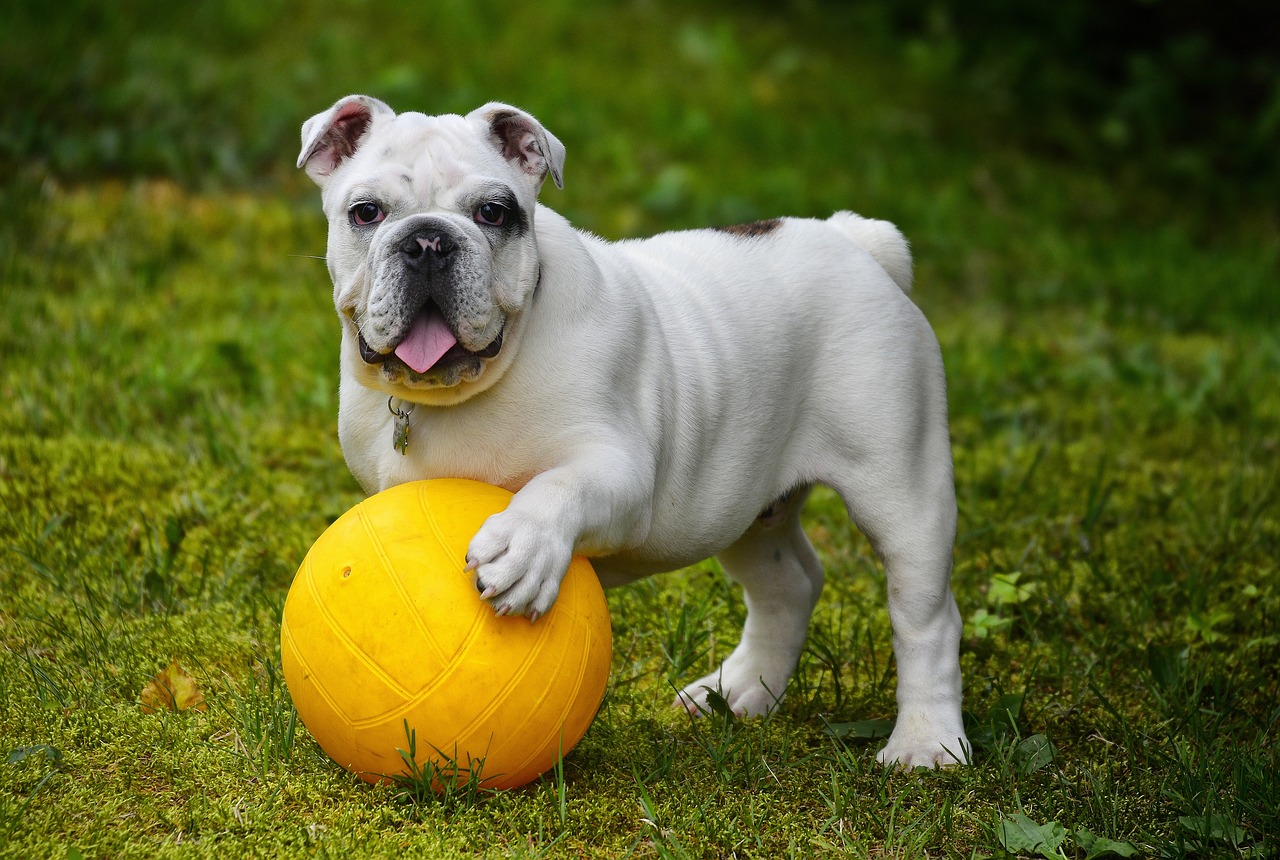Dogs may wag their tails for multiple reasons. It is often thought that they wag their tails because they are friendly. But, the reality is that you can learn to read emotions through the movements of your dog’s tail. A dog that is happy and excited will wag its tail, but one that feels threatened, frightened or stressed will also wag its tail.
That is, there are many reasons why a dog may move this part of its body. To get to know your pet better, it is also important that you learn the different meanings of your dog’s tail wags. This way you will be able to capture more acutely the emotions that move them.
What must be taken into account is that the position of the tail and the speed at which they move are indicators of the emotions of the furry ones. Of course it depends on the anatomy of each dog, because there are some breeds that have no tail and other breeds in which the natural position of the tail is erect. In any case, you should pay attention to the base of the tail, which will always be the one that will give the clue to the emotions your dog is going through.
Tail movements of your dog
- Joy. A dog that is excited and happy will wag its tail more quickly and enthusiastically. The tail is usually in a neutral position. The movement can be helicopter tail type or circular type. You may also notice that the more excited a dog can get, the faster it will wag its tail. Occasionally, the joy will make the whole back of their bodies move.
- Curiosity. A dog that is curious about something might wag its tail. It is also possible that when faced with a new smell or a situation in which he is curious, he may simply leave his tail still. It will not appear stiff and taut.
- Relaxed. You will be able to tell by the movements of your dog’s tail that he is relaxed. In fact, a dog that is relaxed will be able to have a tail without tension, but also without movement. When a change triggers an emotion, it will wag its tail.
- Domain. When there is a group of dogs socializing, the one with the fastest and strongest tail wagging is considered the leader of the group. In fact, many dogs wag their tails as a way of demonstrating dominance and authority.
- Submission. A dog in a submissive state will lower its tail or tuck it between its legs. In this case we must know that the dog is feeling threatened and does not want to be harmed. It is a posture that warns that the dog needs time to adapt.
- Aggression. If your dog’s tail wags vertically and arches over the back, it is a sign of aggressive behavior. The tail will probably be very stiff and may or may not be moving.
Image courtesy of https://pixabay.com, all rights reserved.








